



Context:
- Publication of World Drug Report.
- The fourth highest seizure of opium in 2018 was reported from India, after Iran, Afghanistan and Pakistan.
- In India, the figure stood at only four tonne in 2018. In terms of heroin seizure (1.3 tonnes), India was at the 12th position in the world.
- Global area under opium poppy cultivation declined for the second year in a row in 2019.
- It went down by 17% in 2018 and by 30% in 2019.
- Trafficking in heroin continues to be more widespread in geographical terms than trafficking in opium or morphine.
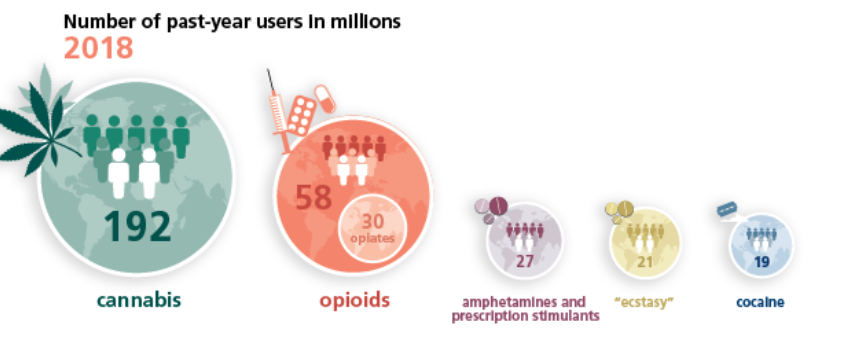
- Opium is illicitly produced in about 50 countries.
- Close to 97% of the total global production of opium in the past five years came from only three countries.
- Myanmar accounts for 7% of the global opium production and Laos accounts for 1% of the opium, it is supplied to East and South-East Asia and Oceania.
- Mexico accounts for 6% of the global opium production.
- Colombia and Guatemala account for less than 1% of global production.
- The main opiate trafficking flows originate from three key production areas: Afghanistan, Myanmar-Laos and Mexico-Colombia-Guatemala.
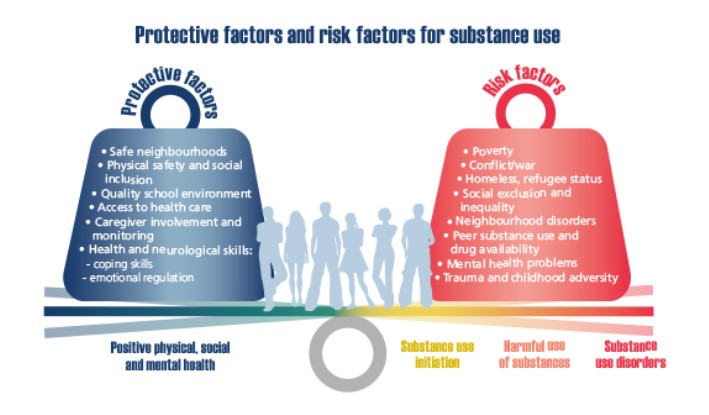
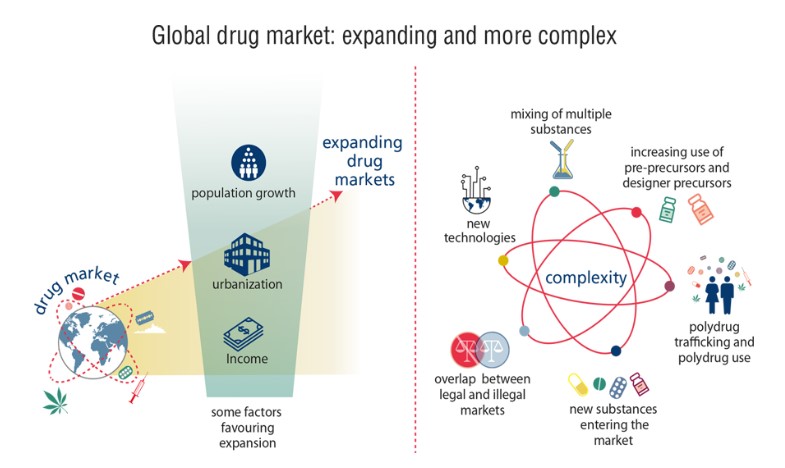
- The World Drug Report is published annually by the United Nations Office on Drugs and Crime (UNODC).
- The first report was published in 1997, the same year the agency was established.
- The agency was tasked with the responsibility of crime prevention, criminal justice and criminal law reform.
- Opium is a highly addictive narcotic drug acquired in the dried latex form the opium poppy (Papaver somniferum) seed pod.
- Synthetic or semisynthetic opium derivatives include fentanyl, methadone, oxycodone and hydrocodone.
- Heroin (diacetylmorphine) is derived from the morphine alkaloid found in opium and is roughly 2 to 3 times more potent.
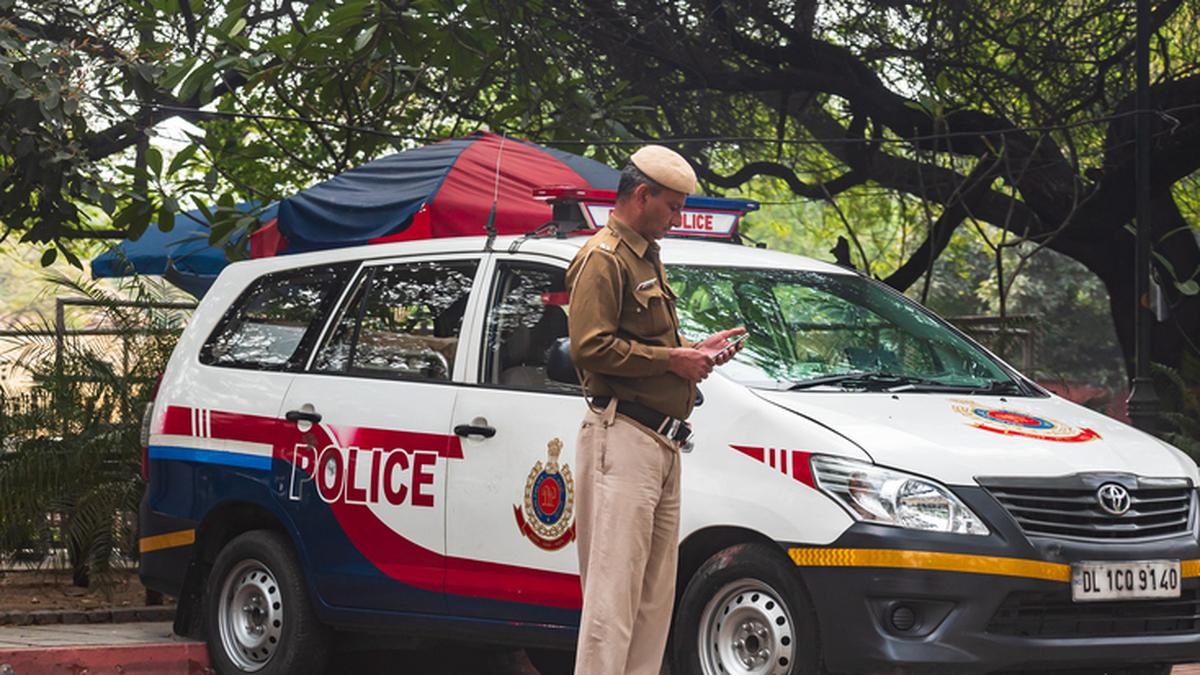
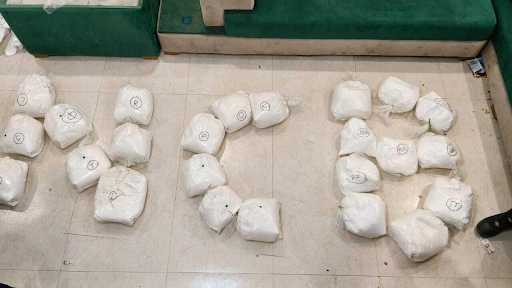
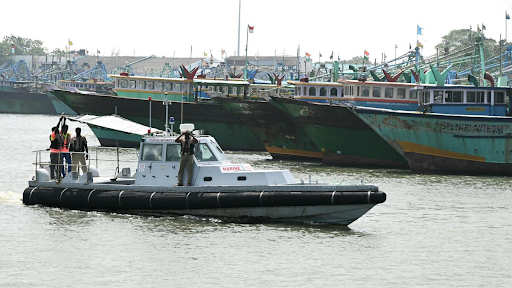


© 2025 iasgyan. All right reserved